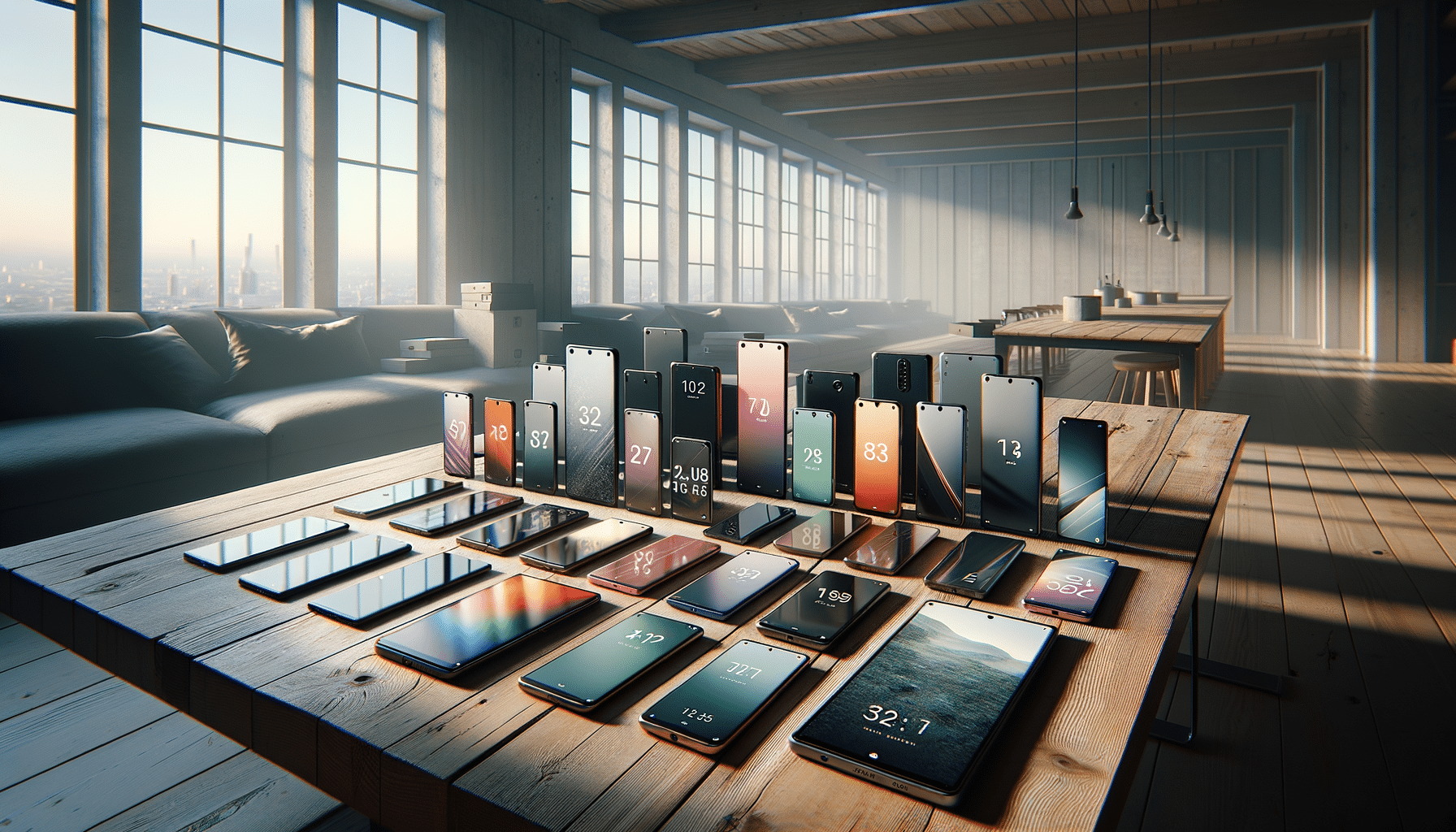
Digital Fashion Shows: The Future of Fashion Week
Imagine a world where fashion transcends physical boundaries, offering a front-row experience without the need for travel or exclusive invitations. Welcome to the era of digital fashion shows, a transformative shift in the fashion industry that melds technology with creativity, redefining the traditional Fashion Week experience.
The fashion industry is embracing the digital age, with fashion weeks around the globe increasingly adopting virtual platforms to showcase collections. This evolution was accelerated by the global pandemic, which forced designers and brands to rethink the conventional runway show. Digital fashion shows offer a myriad of benefits, including broader accessibility, reduced carbon footprint, and innovative storytelling possibilities.
The Rise of Digital Fashion Shows
With the limitations imposed by the pandemic, fashion houses turned to technology to continue engaging with their audiences. According to a report by McKinsey & Company, the fashion industry’s digital sales grew by nearly 20% during the pandemic, underscoring the shift towards virtual experiences. Digital fashion shows leverage technologies like augmented reality (AR) and virtual reality (VR), allowing brands to create immersive experiences that captivate global audiences.
“Digital fashion shows are not just a necessity due to recent events; they represent a new chapter in fashion storytelling,” says Caroline Rush, Chief Executive of the British Fashion Council.
Expert Insights and Industry Impact
Many industry leaders are optimistic about the potential of digital fashion shows. Beyond the immediate need to adapt, digital formats present a unique opportunity for brands to reach a wider audience without the geographical limitations of traditional shows. For example, Valentino’s digital show garnered over three million views, a reach that far surpasses the capacity of any physical venue.
Actionable Tips for Engaging Digital Shows
- Invest in high-quality video production to ensure a seamless viewer experience.
- Utilize social media platforms for live interactions and audience engagement.
- Incorporate interactive elements such as 360-degree views or AR features to enhance immersion.
Comparison: Traditional vs. Digital Fashion Shows
| Aspect | Traditional Shows | Digital Shows |
|---|---|---|
| Accessibility | Limited to invitees | Open to global audiences |
| Cost | High production costs | Reduced costs with digital tools |
| Environmental Impact | High carbon footprint | Lower carbon footprint |
| Engagement | In-person interaction | Virtual interaction |
| Innovation | Limited by physical constraints | Enhanced storytelling capabilities |
| Scalability | Constrained by venue size | Unlimited viewer capacity |
| Feedback | Delayed insights | Real-time analytics |
| Audience Reach | Local | Global |
FAQs
How can small brands benefit from digital fashion shows?
Digital platforms provide small brands with a cost-effective way to reach a global audience, leveling the playing field with established fashion houses.
Are digital fashion shows sustainable?
Yes, they significantly reduce environmental impact by eliminating the need for travel and physical resources.
What technologies are used in digital fashion shows?
Technologies like AR, VR, and 3D modeling are commonly used to create immersive digital experiences.
Conclusion
Digital fashion shows have revolutionized the way we experience fashion, offering a sustainable, inclusive, and innovative alternative to traditional runway events. As the industry continues to adapt, embracing digital formats can lead to exciting new opportunities for creativity and engagement. For fashion enthusiasts and industry professionals alike, staying informed and open to these changes can pave the way for a more dynamic and accessible future in fashion.


